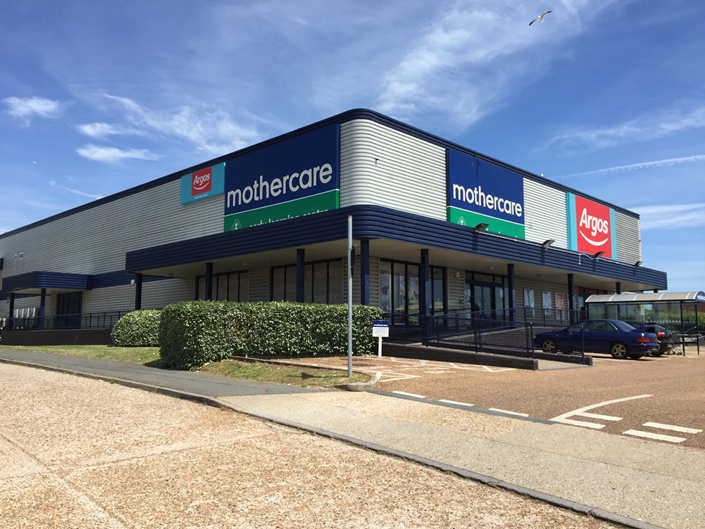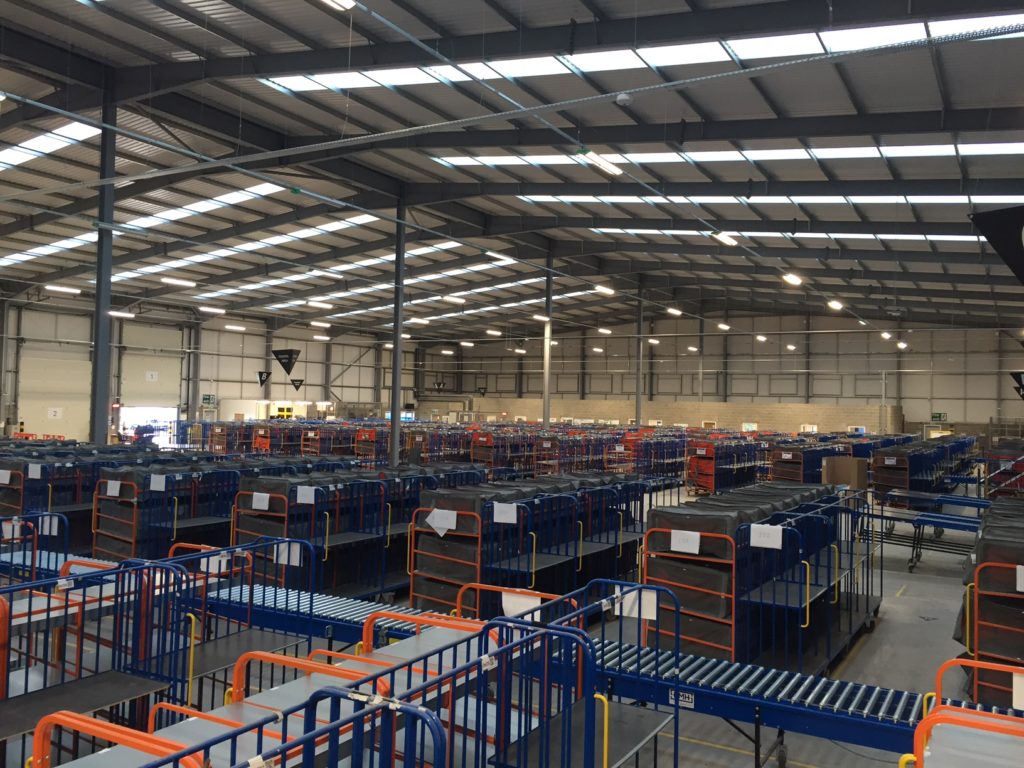Clicks, Bricks & Orders: Warehousing gets an e-commerce makeover
The warehouse as storefront
Part of the technology advancement in warehouse design comes from the addition of gadgets like wireless, handheld scanners that track inventory and forklift video feeds that allow operators a clear view of what they’re moving.
The real technology stars in the warehouse, though, are the platforms like Pilot’s warehouse management system, or EWMS. These platforms, which are employed by more and more third-party logistics providers, as well as techenabled start-ups, give the providers and their warehousing customers real-time inventory visibility. The information can then be analyzed, and forecasts can be made to figure out where to locate inventory at distribution centers across the country, to ensure that, when a customer wants something, it can be located and delivered to them quickly and at low cost.

Pilot’s roots began in transportation before the company expanded into warehousing at the request of its customers, Bullard said. Pilot already had more than 60 U.S. locations it used for cross-docking in its transportation business and has since increased the footprint of those facilities to serve as regional distribution centers. Some customers are seeking even more, though – particularly services that are tailored exactly to their businesses. Those customers are now requesting customized solutions to meet their needs, according to Bullard.
“The idea that you can get very specific information and customized solutions for your product mix has also created this new customer that is very open to the idea of creating custom solutions for anything they’re doing,” Bullard said. Sometimes that translates to adding a service for the customer within a warehouse, as Pilot did when they built a custom screen-printing and embroidery shop in a warehouse for a client selling uniforms.
For another business-to-business (B2B) customer, even a 20-minute delivery time was too long, and Pilot developed a hybrid warehouse/retail space at that customer’s request. While some logistics firms struggle to find high-tech “lastmile” systems, using flying drones, delivery vans or multiple kiosks, this B2B example allowed the clients to come to them, instead.
“We found an old retail space across the street from the client that had been used as an insurance sales representative’s office and we barcoded all the products in the building, so the customer can go in, get what they need and scan it,” said Bullard. “It’s basically a warehouse where they take exactly what they want. It’s a very specific solution that five years ago, no one would have thought of.”
The higher expectations of customers can be a win-win situation, Bullard added, if logistics providers are willing to provide those added services. “The value to the customer is, it costs them less money and less time to market. For us, we’ve added more value and it makes them a longer-term customer,” he said.

While technology is used to manage expectations on the one hand – for example, ensuring that what someone adds to their virtual shopping cart matches the final expedited product they receive on their doorstep – technology can also create expectations that are challenging to meet, logistically. And it doesn’t necessarily matter whether theseller in question is a small, mom-and-pop operation or an international presence.
“Every company now has a digital platform – it doesn’t matter whether you’re a high-street retailer or selling screws to the hardware market, and all are expected to meet those standards,” said Andrew Bird of Tilstone Partners, which manages urban real-estate investment trust specialist, Warehouse REIT, in the United Kingdom. These companies may have their own logistics teams, but are more likely to work with a logistics provider – so it’s up to that provider to make sure its seller customers can get their products to customers, while meeting the heightened expectations e-commerce has established.
“Amazon set the bar so high for what customers want, and the rest of the industry is following in their footsteps,” ShipBob CEO Dhruv Saxena told Air Cargo World.
As an e-commerce fulfillment start-up, ShipBob creates all the software it uses in-house and partners with traditional warehouses to store excess inventory. Most of the inventory ShipBob handles, though, is spread out across the U.S. in fulfillment centers near major cities and air hubs.




